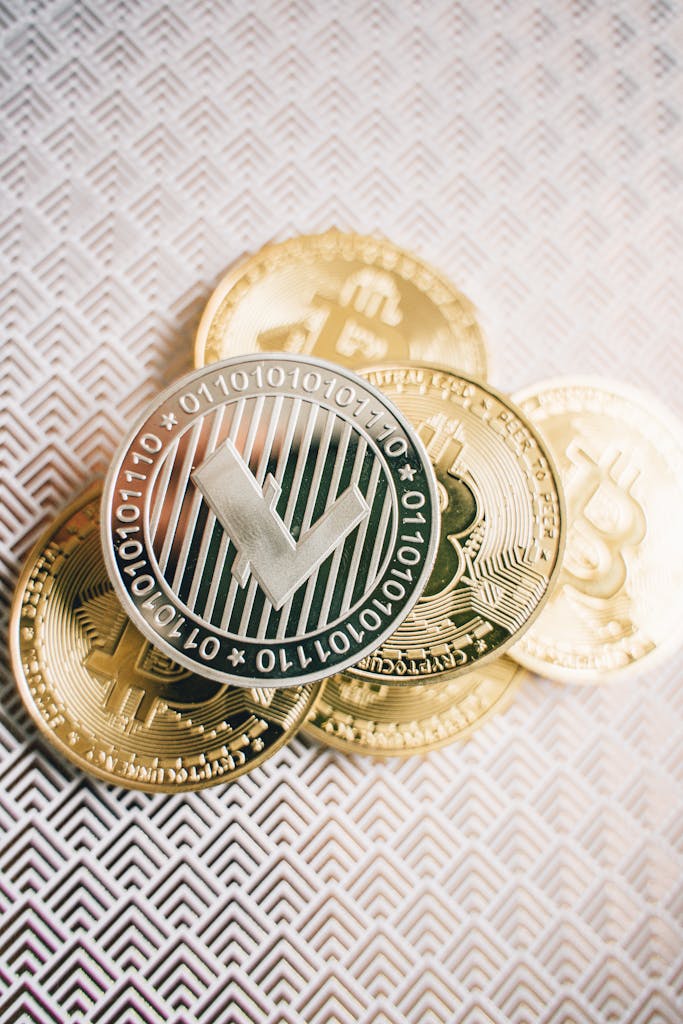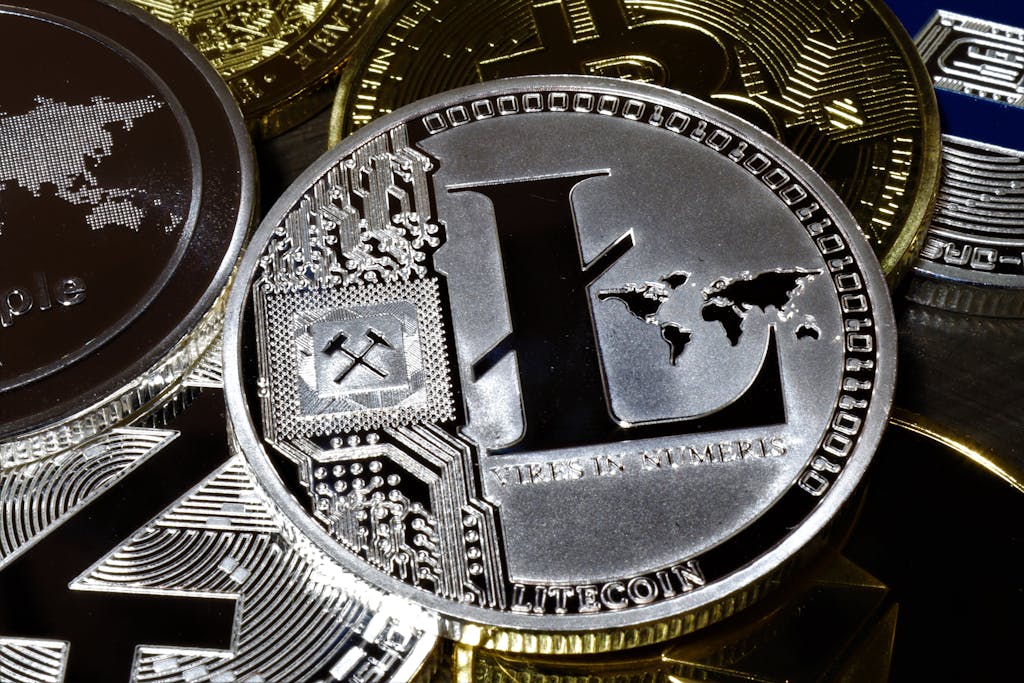The difference between Litecoin and Bitcoin lies in several key aspects:
- Transaction Speed: Litecoin was created with the goal of faster transactions. While Bitcoin has an average transaction confirmation time of less than 9 minutes, Litecoin’s transactions take under 2.5 minutes, making it more attractive for users needing quicker transaction speeds.
- Market Capitalization: Bitcoin has a significantly larger market capitalization compared to Litecoin. In March 2021, Bitcoin’s market cap was around $1 trillion, while Litecoin’s value was approximately $13.7 billion. Bitcoin’s larger market cap reflects its dominance and widespread adoption in the cryptocurrency space.
- Algorithms: Litecoin and Bitcoin use different algorithms for mining. Litecoin utilizes the Scrypt algorithm, which is more accessible for miners compared to Bitcoin’s SHA-256 algorithm. The Scrypt algorithm was designed to resist specialized hardware attacks, making Litecoin mining more accessible to a broader audience.
- Coin Supply: Bitcoin has a maximum supply cap of 21 million coins, while Litecoin can go up to 84 million coins. This difference in coin supply affects scarcity and potential inflation rates for each cryptocurrency.
- Use Cases: While both Litecoin and Bitcoin can be used for peer-to-peer transactions and as store of value investments, Litecoin is often associated with day-to-day transactions due to its faster transaction speeds and lower fees compared to Bitcoin.
In summary, Litecoin and Bitcoin differ in transaction speed, market capitalization, mining algorithms, coin supply, and use cases. Litecoin’s focus on faster transactions and accessibility for miners sets it apart from Bitcoin, which remains the dominant cryptocurrency with a larger market cap and widespread recognition.



